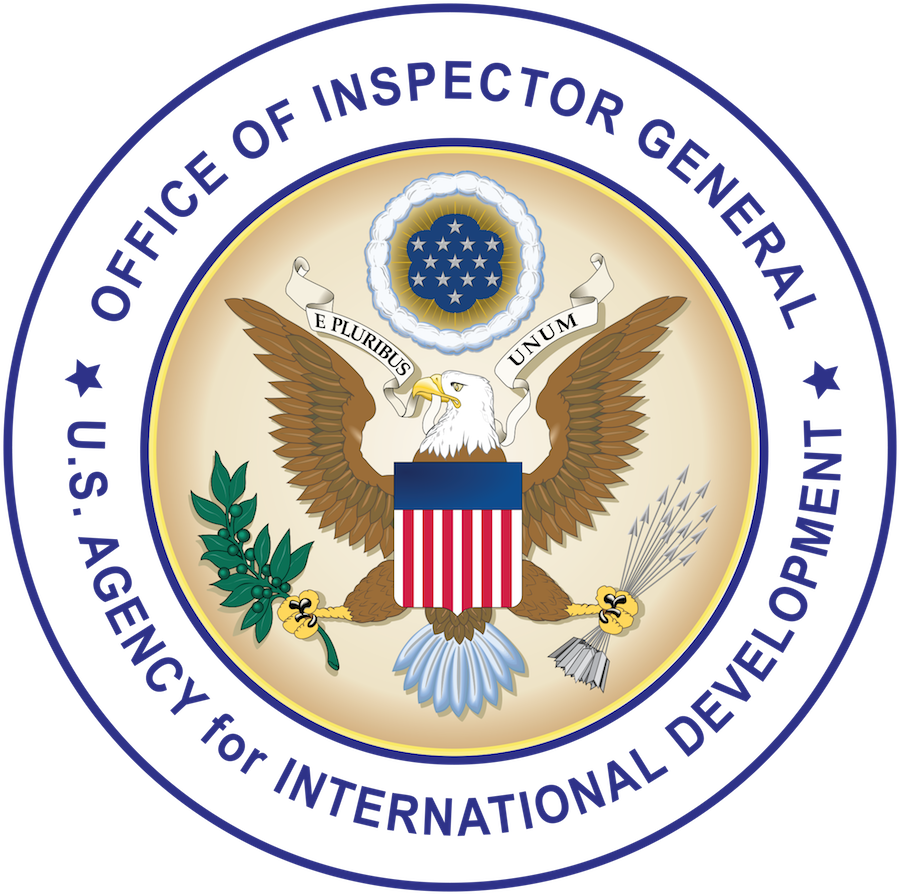Why We Did This Evaluation
After Russia’s full-scale invasion of Ukraine in February 2022, USAID’s assistance programming in the country increased by more than 224 percent by April 2023. In contrast, USAID’s staffing in Ukraine shrank to 58 percent of pre-invasion levels.
We initiated this evaluation due to the increase in funding to the mission’s award portfolio, potential risk of remote-managed assistance, and congressional interest in oversight of Ukraine programming.
Our objective was to determine how USAID responded to challenges associated with its staffing footprint while implementing expanded programming.
Key Observations
USAID addressed challenges in staffing and programming in Ukraine through multiple actions that can inform the Agency’s ongoing and future work in complex crisis environments:
- Implementation of workplace flexibilities, such as staff rotations and extended temporary duty status
- Pursuit of alternative workspace
- Expansion of third-party monitoring of USAID programming
- Rapid deployment of the Disaster Assistance Response Team
- Surge and contractor staff support
- Priority bidding to fill Foreign Service Officer positions
- Strategic workforce planning that resulted in 50 new mission positions
- Transition seminar
What We Found
USAID Took Responsible Actions to Address Staffing Challenges and Meet Increased Programming Needs in Ukraine.
For about 3 months after Russia’s full-scale invasion, USAID did not have a staff presence in Kyiv. Even with the phased reopening of the embassy beginning in May 2022, the State Department significantly restricted the number of U.S. government personnel in-country and their travel within Ukraine.
USAID recognized the need to add resources to meet increased humanitarian and development programming and pursued a multitiered approach to reconstitute USAID/Ukraine operations and supplement assigned Mission personnel.
Unable to control staff allocations and travel within Ukraine during the first year after the full-scale invasion, USAID implemented workplace flexibilities such as staff rotations and extended temporary duty status, sought office space in Poland, and leveraged its existing contract for third-party monitors of USAID projects and activities. In addition, USAID/Ukraine successfully added and retained staff by bringing employees from other USAID offices to add capacity in Ukraine, offering counseling and support services to staff serving in Ukraine, holding an in-person transition seminar for incoming and outgoing staff, and developing a workforce plan to gradually increase staffing levels.
